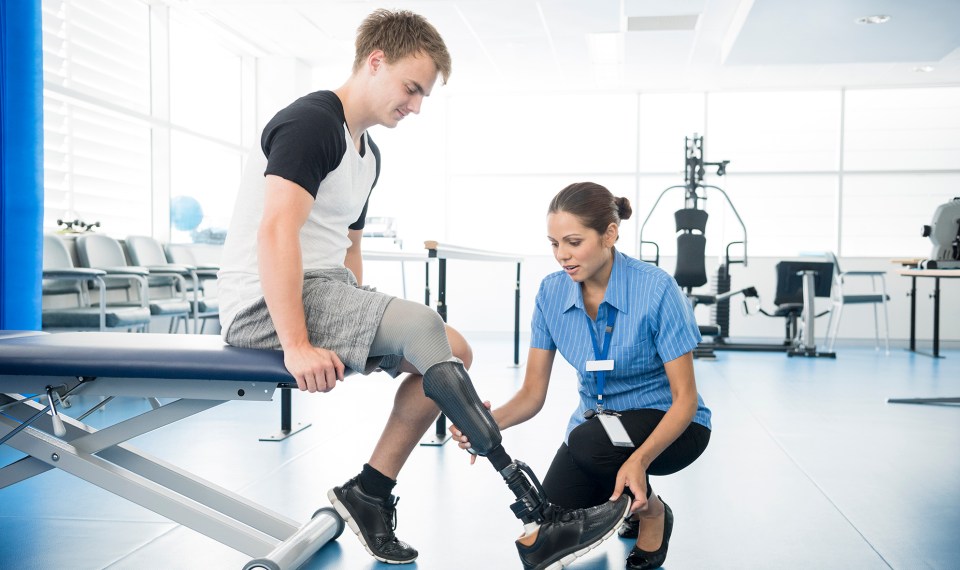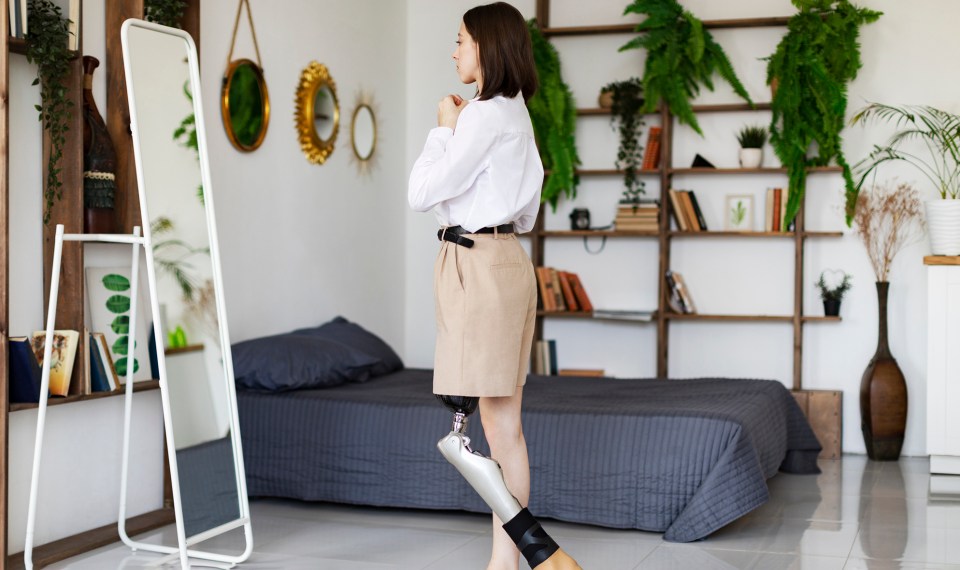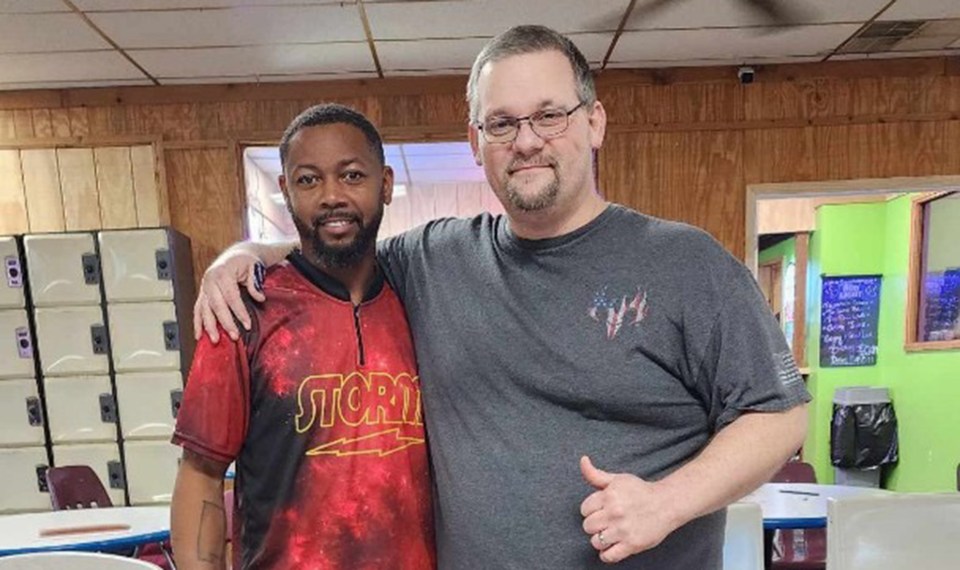Updated April 11, 2023
If you or a loved one are recovering from amputation, rehabilitation can play an important role in regaining independence and returning to an active lifestyle. Inpatient rehabilitation not only offers the benefit of intensive therapy for at least three hours per day, five days per week, but it also offers the benefit of around-the-clock care by skilled clinicians.
In an ideal scenario, those with amputations—especially those who have lower limb amputation—should complete two separate stints of inpatient rehabilitation, said Lonnie Coughran, a physical therapy assistant at Encompass Health Valley of the Sun Rehabilitation Hospital. The first stay focuses on immediate medical care and recovery post-amputation and learning to adjust to life without a limb; the second focuses on helping patients learn to use their prosthetic correctly to reach their goals.
Medical Management and Rehabilitation after Amputation
The first phase of recovering from amputation in inpatient rehabilitation focuses on healthy healing of the limb, as well as helping patients learn to navigate a new way of life before they receive their prosthesis.
Inpatient rehabilitation hospitals provide around-the-clock nursing care with frequent physician oversight. This allows for continual monitoring of the limb to check for signs of infection or disruptions to healing and assistance with pain management. The interdisciplinary medical team also helps patients manage existing conditions that may have led to the amputation.
Through intensive therapy at least three hours a day, five days per week, patients work on learning how to use assistive devices and how to perform activities of daily living and safely move around their home. Coughran and other clinicians also council patients on self-care, including how to care for their limb; how to use shrinkers and other equipment; and how to optimize their recovery so they are ready to safely use their prosthetic when they receive it.
Grief and Recovering from Amputation
In addition to the physical care a patient needs when recovering from amputation, they also will likely need mental support, as well. No matter a person’s disposition, limb loss is life changing and requires a grieving process. In Coughran’s experience, even those with the best of spirits still need support as they learn to navigate their new normal and question what that normal looks like.
“The trauma of losing a limb is life changing,” Coughran said. “There are body image things; there are a lot of questions. Can I do the things I want to do? How am I going to support myself? Everybody has to go through that grieving period of losing a limb, then learning how to accept it and move on with their lives.”
At Encompass Health Valley of the Sun, a neuropsychologist is available to patients to help them through any feelings of depression.
Learning to Use Your Prosthetic
Once patients receive their prosthetic limb, the goal of rehabilitations turns to mastering the use of the new limb and returning to activities they loved pre-amputation.
“Once you have your limb, that’s where the fun begins,” Coughran said. “That’s when the light comes on, and you’re seeing that you can get back to your normal life, even if you have to modify things.”
Each patient’s rehabilitation plan is unique based on age, previous activity level, overall health and personal goals, but many of the initial components of amputee rehabilitation with a prosthesis are the same.
When patients who lost a lower extremity return to Encompass Health Valley of the Sun with their prosthetic limb, therapists start from the beginning, laying the foundation for success. Patients first learn how to put their prosthetic on correctly, then they work on basics such as going from sitting to standing. Patients then start the process of learning to walk again, also known as gait training.
“We break the movement down to its smallest parts,” Coughran said. “We start with small things like weight shifts, because if they can’t do that well, they aren’t going to walk well.”
Mastering those small components of walking is a key piece of successful gait training. If one component seems off, Coughran will revisit it again before moving forward. After mastering the basics, patients typically move to ambulating with a walker, then to navigating more difficult terrain.
As patients decrease their reliance on assistive devices, that’s when Coughran encourages patients to start working toward activities they’d like to return to as they plan for the next level of therapy.
“Let’s say you’re a fairly healthy 80 year old and lost your leg due to vascular disease, but you were pretty active and enjoyed golfing,” Coughran said. “I can get you back to doing those things if you’re willing to put in the time and do the work.”
Coughran reminds his patients that persistence and determination are keys to success. Most importantly, don’t dwell on things you feel you cannot do.
“We get caught up in this thing of, ‘I can’t anymore,’” he said. “My view of it is you can, you’ve just got to do it in a little different way.”
The content of this site is for informational purposes only and should not be taken as professional medical advice. Always seek the advice of your physician or other qualified healthcare provider with any questions you may have regarding any medical conditions or treatments.



